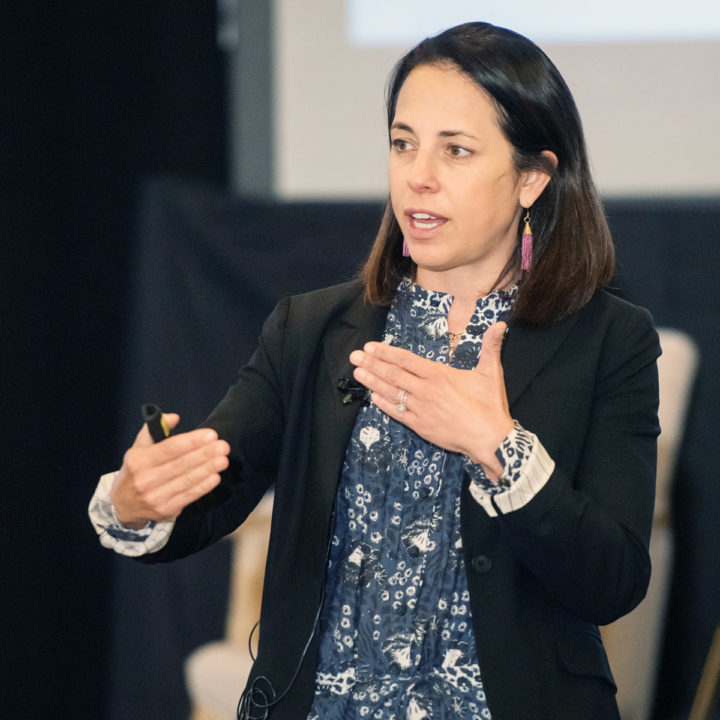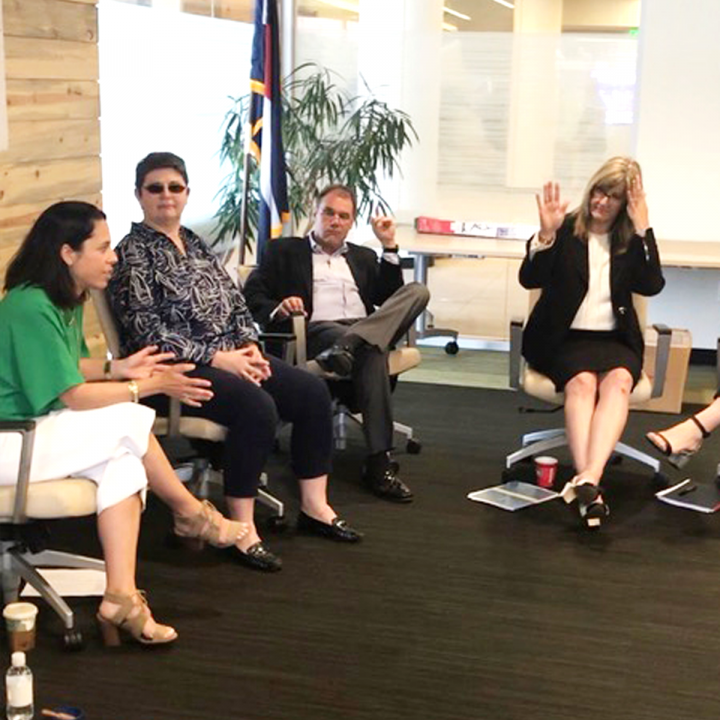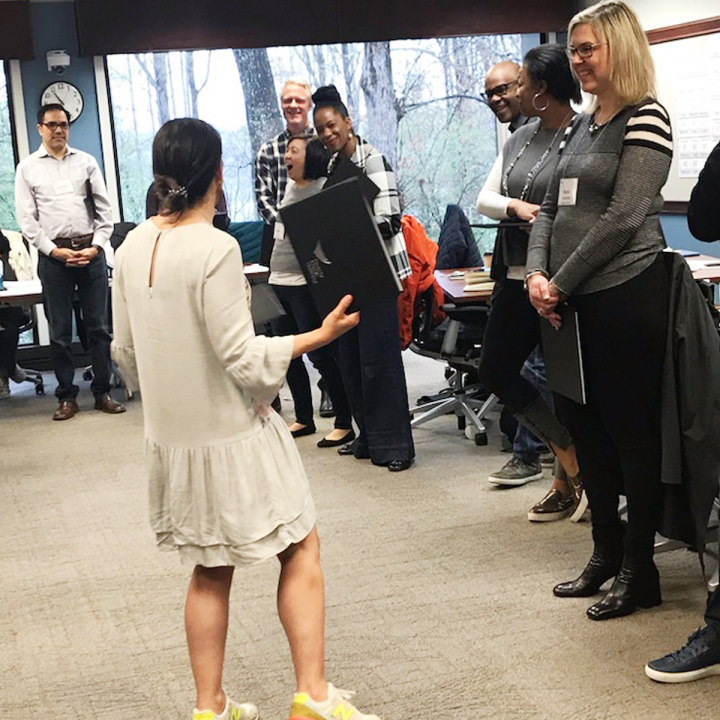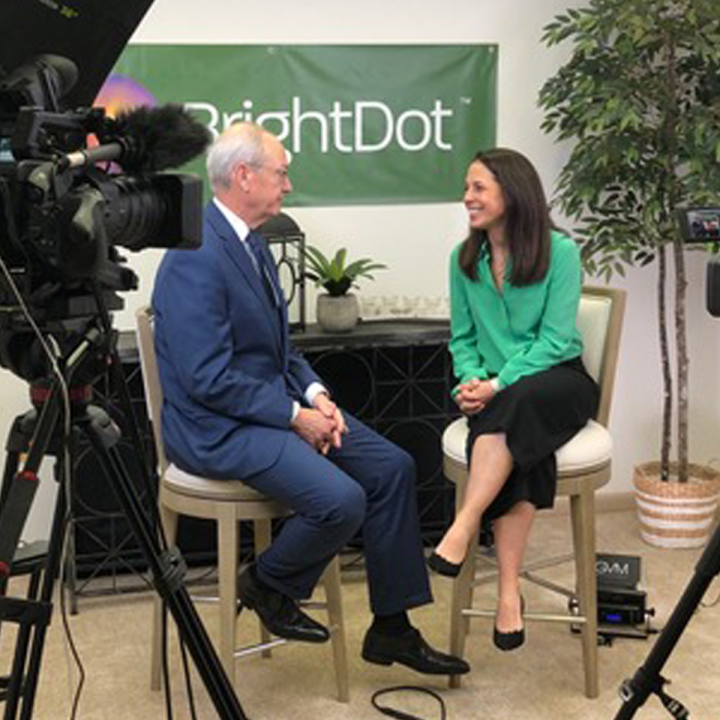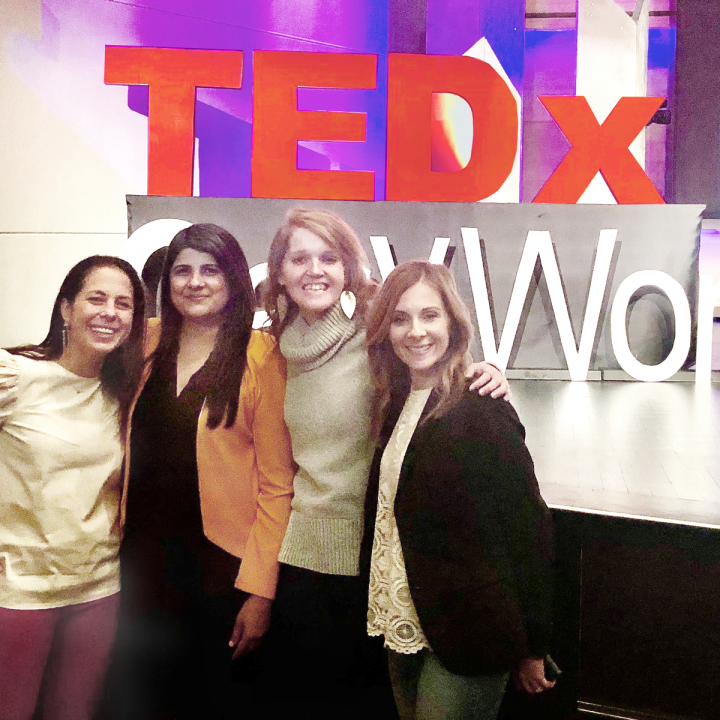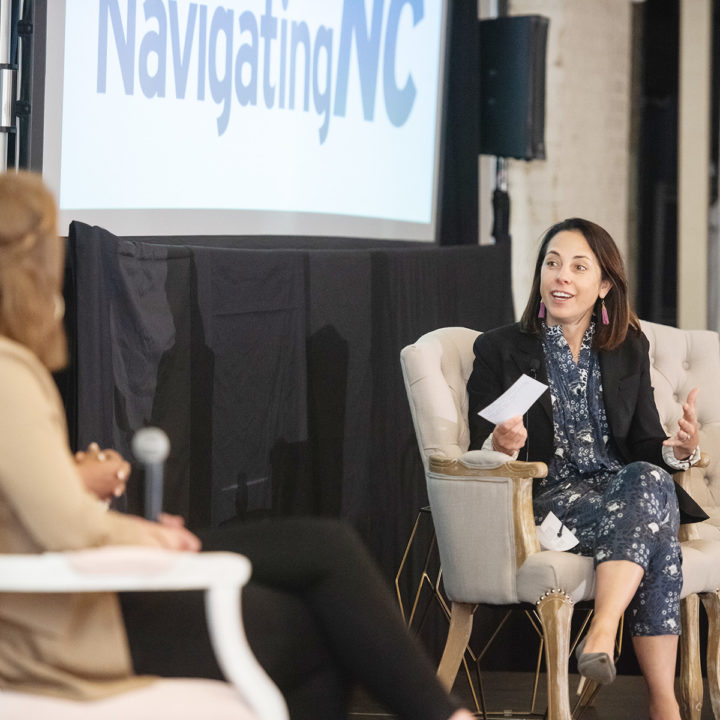I couldn’t help but wonder… in a world that once clocked in at 9 and rushed out at 5, has the definition of “work” become less about where we are and more about how we show up?
Lately, I’ve found myself fielding a lot of questions from leaders, HR heads, and the occasional espresso-fueled executive over an oat milk latte: “Jenn, what do you think about virtual work policies? Should we bring everyone back? Should we go hybrid? Should we build office pods in the Metaverse?”
Like most modern love stories, the answer is complicated.
Working from home, or as some like to call it, “WFH” (which I still think sounds like a sneeze), is both a liberation and a leash. One minute, you’re basking in the golden light of autonomy, free to think big thoughts in yoga pants. The next, you’re folding laundry in between Zooms and wondering how you ended up budgeting spreadsheets with a side of dishwasher.
The Blessing: Space, focus, flexibility.
The Curse: Distractions, blurred boundaries, and yes… no water cooler gossip.
A 2022 study out of Stanford found that employees working from home reported a 13% increase in productivity. And McKinsey data shows that 87% of workers, when given the option, choose to work remotely at least one day a week. Why? Because when you’re not battling a 45-minute commute and dodging chatty co-workers who want to relive last night’s “Succession” episode, you actually get more done.
But like a pair of fabulous heels that only fit for three hours, remote work has its pinch points.
At home, the fridge is always calling, the Amazon package always arrives during your big presentation, and suddenly you’re a part-time tech support specialist for your own WiFi. The blurred line between “living room” and “boardroom” means we’re often working more than before. Stanford economist Nicholas Bloom has found that remote workers tend to put in longer hours, sometimes bleeding well into evenings that used to be sacred.
And then there’s the social cost. Office life, for all its fluorescent lighting and fridge-thief drama, gave us connection. The spontaneous brainstorms. The hallway high-fives. The sarcastic sigh you shared with the person next to you during a too-long meeting. According to a Harvard Business Review article, informal workplace interactions play a significant role in collaboration and innovation. When we lose those watercooler moments, we risk losing some of the magic that makes teams gel.
So what’s the answer?
Drumroll… there isn’t one.
Organizations need to evaluate their own culture, goals, and people. There’s no one-size-fits-all solution (especially not in workwear). Some roles require in-person synergy. Others thrive in virtual solitude. What matters most is intentionality.. choosing policies that make sense now, knowing they may need to evolve.
And let’s talk about that other outdated relic: the idea of full-time vs. part-time. Can we be honest? Sitting at a desk from 9 to 5 doesn’t guarantee value. We’ve all known the “full-time” employee who clocks in, coasts, and spends the afternoon deep in online shopping. And we’ve definitely known the person quietly putting in 60-hour weeks, producing brilliance with barely a title bump.
The future of work isn’t about timecards — it’s about outcomes. Excellence. Insight. Value. It’s less about counting hours and more about making the hours count.
So whether you’re working from your kitchen table or the 47th floor, remember this: The best workplaces don’t obsess over where or when the work happens. They focus on how well it’s done, and by whom.
Maybe the real question isn’t “Should we work from home?”
Maybe it’s: “How do we build a work culture where trust, flexibility, and high standards walk hand in hand … even if they’re wearing slippers?”
Because in the end, the location may change, but excellence? That’s always in style.
-Jenn

